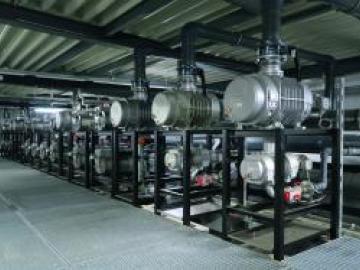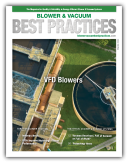Optimizing Five Liquid Ring Vacuum Pumps on a Paper Machine
Industrial process operating loads and optimal set points are not usually accurately known at the time of design, so often there is significant mismatch between equipment and the process it serves. To overcome this uncertainty, designers typically oversize equipment. Over time, process changes and equipment efficiencies decline, so equipment might be operating less efficiently than at start-up. Or, equipment can be undersized, thereby hampering the entire system and causing other inefficiencies to compensate. For instance, too much steam usage in the dryer section of a paper machine can occur because of inadequate vacuum at the wet end.



